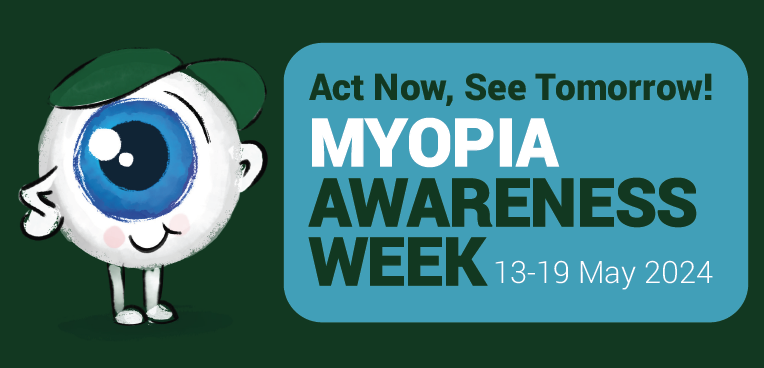
Jennifer Sha, BOptom, BSc(Hons)
BHVI
Eye care practices are increasingly employing new and high-end technology with an aim to improve the level of patient care. In particular, myopia management is an area where there is a need for appropriate technology and instrumentation considering that the management practices are aimed at children.
An autorefractor is a helpful instrument that provides a rapid measurement of the refractive error of the eye and a benchmark to consider for subjective refraction. In terms of myopia management, since refractions are generally performed under cycloplegia, a reliable subjective refraction should not be a problem for older children.
However, for very young children, an autorefractor may be more efficient and reliable in providing an estimate of the refractive error of the eye. In particular, an open-field autorefractor is likely to be more accurate under non-cycloplegia than its conventional closed-field counterpart as the binocular viewing conditions minimise instrument myopia.
When it comes to performing a subjective refraction, having the appropriate visual acuity charts for children of various ages and ability is a necessity for a myopia management practice. Hence, electronic visual acuity software is ideal to provide access to a wide range of letters, numbers, or shapes while also being able to randomise the presented optotypes and vary size, contrast, as well as a multitude of other options.
For monitoring the health of the posterior segment of a myopic eye, equipment used for imaging and documenting the fundus features are important.
For monitoring the health of the posterior segment of a myopic eye, equipment used for imaging and documenting the fundus features are important.
Nowadays, most practices have a standard retinal camera that images the posterior pole, however for those specialising in myopia management, an optical coherence tomographer (OCT) and an ultra-wide field (UWF) retinal camera are extremely advantageous for monitoring posterior eye health. Of course these are not to replace, but to be used in conjunction with, slit lamp fundoscopy and binocular indirect ophthalmoscopy.
Nonetheless, an optical biometer would be valuable for practices specialising in myopia management as a tool for monitoring progression and identifying those at risk of retinal pathology (axial length greater than 26 mm1).
Measurement of axial length of the eye is fundamental in myopia research due to its correlation with myopia progression. However measurement of axial length is not currently common in clinical practice and is likely limited to certain ophthalmologists and academic institutions.
Nonetheless, an optical biometer would be valuable for practices specialising in myopia management as a tool for monitoring progression and identifying those at risk of retinal pathology (axial length greater than 26 mm1).
For practices performing orthokeratology, a corneal topographer with appropriate software is essential to determine the shape and curvature of the cornea and to be able to determine the appropriate rigid lens to shape the cornea for the desired refractive outcome.
Auxiliary instruments that may be helpful in certain situations may include peripheral refractors, aberrometers, and wearable devices that can monitor working distance and ambient light levels.2
References
- Tideman JWL, Snabel MCC, Tedja MS. Association of Axial Length with Risk of Uncorrectable Visual Impairment for Europeans with Myopia. JAMA Ophthalmol 2016;134:1355-63.
- Gifford KL, Richdale K, Kang P, et al. IMI ? Clinical Management Guidelines Report. Invest Ophthalmol Vis Sci 2018;60:M184-M203.


